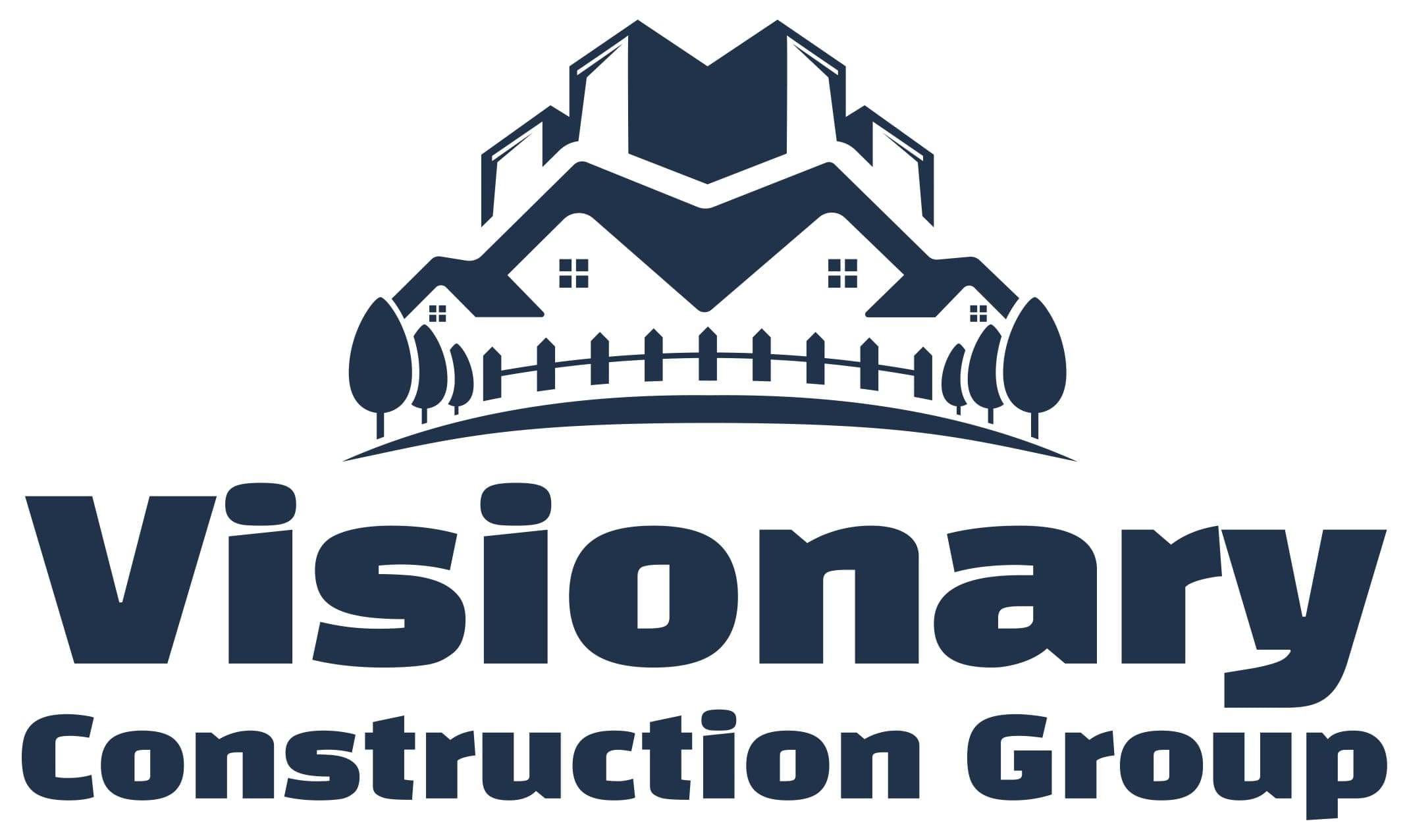Choosing the right architectural style for your home is like picking the perfect outfit—it reflects your personality, taste, and lifestyle. With so many styles to choose from, the decision can be overwhelming. Whether building a new home or renovating an existing one, understanding the various architectural styles can help you find the one that’s right for you. In this guide, we’ll explore popular architectural styles and their key features and how to decide which style best suits your needs.
The Importance of Choosing the Right Architectural Style
Your home’s architectural style is more than its outward appearance; it influences the entire space’s layout, function, and feel. Selecting the right style can enhance your living experience and increase the value of your property.
Reflecting Personal Taste and Lifestyle
Your home should be where you feel comfortable and inspired, and the architectural style plays a significant role in creating that atmosphere. Are you drawn to the clean lines of modern design, or do you prefer the ornate details of a Victorian home? Your choice should reflect what you like visually and how you live. For instance, an open-plan modern home might be the best fit if you love entertaining.
Enhancing Property Value and Curb Appeal
The architectural style you choose can significantly impact your home’s curb appeal and, ultimately, its market value. Homes with a cohesive and well-executed style are more appealing to buyers. Even if you’re not planning to sell anytime soon, investing in a style that complements your home’s surroundings can pay off in the long run.
Popular Architectural Styles in Home Design
There’s a wide range of architectural styles, each with unique characteristics and appeal. Let’s take a closer look at some of the most popular options.
Traditional Architectural Styles
Traditional styles include Colonial, Victorian, and Craftsman designs, known for their detailed craftsmanship, symmetrical layouts, and timeless appeal. These styles often feature gabled roofs, dormer windows, and intricate woodwork.
Modern and Contemporary Styles
Modern and contemporary architectural styles focus on simplicity, functionality, and using modern materials. These homes typically feature clean lines, large windows, and open floor plans. The focus is on creating spaces that are both stylish and functional, often with an emphasis on sustainability.
Transitional Styles: Blending Old and New
Transitional styles blend the best of traditional and modern design. They incorporate classic architectural elements with contemporary touches, creating a timeless and fresh look. This style is perfect for those who appreciate the charm of traditional design but want the convenience and aesthetic of modern living.
Key Features of Popular Architectural Styles
Each architectural style has its defining features that set it apart. Understanding these essential elements can help you identify the style that resonates with you.
Colonial Style: A Classic Choice
Colonial architecture is one of the most enduring styles. Its symmetrical facade, multi-pane windows, and centered front door characterize it. These homes often feature brick or wood siding and are known for their balanced proportions and formal aesthetic.
Victorian Style: Timeless Elegance
Victorian homes are known for their ornate details, including intricate trim, steeply pitched roofs, and vibrant colors. This style often includes turrets, bay windows, and decorative gables, making each home a unique work of art.
Mediterranean Style: Warm and Welcoming
The coastal regions of Spain, Italy, and Greece inspire Mediterranean homes. These homes typically feature stucco exteriors, red-tiled roofs, and arched doorways. The style is known for its warm, earthy colors and indoor-outdoor living spaces.
Mid-Century Modern: Sleek and Functional
Mid-century modern homes are celebrated for their clean lines, large windows, and open floor plans. This style, which gained popularity in the 1950s and 60s, emphasizes simplicity and integration with nature. Glass, metal, and wood are standard in these designs.
Farmhouse Style: Rustic Charm
Farmhouse style is all about comfort and simplicity. These homes often feature large porches, gabled roofs, and a mix of wood and metal accents. Inside, the style embraces open spaces, exposed beams, and a neutral color palette, creating a warm and inviting atmosphere.
Choosing the Right Style for Your Home
Selecting the right architectural style for your home involves more than picking a look you like. It’s about finding a style that suits your lifestyle, fits with the environment, and meets your practical needs.
Considering Your Home’s Location and Environment
The location of your home plays a crucial role in determining the most appropriate architectural style. For instance, a Mediterranean-style home might look out of place in a snowy, mountainous region. In contrast, a rustic farmhouse would fit in perfectly. Consider the climate, landscape, and surrounding architecture when making your decision.
Aligning with Your Aesthetic
Your home should reflect your aesthetic. Think about the colors, materials, and design elements that appeal to you. Do you prefer the clean lines of modern design, or are you drawn to the intricate details of Victorian architecture? Your home’s style should be an extension of your personality.
Understanding the Practical Aspects
Practicality is another essential factor to consider. For example, suppose you’re building a family home. In that case, you might prioritize a style with open living spaces and plenty of storage. On the other hand, if you’re downsizing, a smaller, more efficient design might be more appropriate. Consider how the style will meet your day-to-day needs.
Customizing Architectural Styles to Fit Your Needs
One of the best things about home design is the ability to customize. You don’t have to stick strictly to one architectural style; you can blend elements from different styles to create a home that’s uniquely yours.
Integrating Personal Touches into a Classic Style
Even if you choose a classic architectural style, there’s plenty of room for personalization. For example, you might opt for a Colonial home with a more modern interior layout or incorporate contemporary finishes into a Victorian-style home. These personal touches can make a traditional style feel fresh and relevant to today’s lifestyle.
Blending Multiple Styles for a Unique Look
If you need help choosing just one style, consider blending elements from different styles. For instance, you could combine the sleek lines of modern architecture with the rustic charm of farmhouse style to create a contemporary and cozy space. Blending styles can create a unique home that stands out while feeling cohesive.
Working with an Architect or Designer
Customizing your home’s architectural style is a process that benefits significantly from professional input. Working with an architect or designer can help you navigate the complexities of blending styles, ensuring the final result is functional and aesthetically pleasing. A professional can also help you stay true to your vision while ensuring the design is practical and feasible.
Case Studies: Successful Home Designs Across Styles
To inspire your home design journey, let’s look at a few case studies where homeowners successfully blended architectural styles to create beautiful, functional spaces.
A Modern Twist on a Traditional Colonial Home
In this case study, the homeowners wanted the classic look of a Colonial home but with a modern twist. They created a space that honors traditional architecture while embracing contemporary living by incorporating large windows, an open floor plan, and minimalist interior design.
A Victorian Home with Contemporary Comforts
Another example is a Victorian home that was updated to meet the needs of a modern family. The homeowners preserved the intricate exterior details while renovating the interior, including an open kitchen, modern bathrooms, and energy-efficient systems. The result is a home that retains its historic charm while offering all the comforts of contemporary living.
Mediterranean Style Meets Modern Minimalism
In this final case study, a Mediterranean-style home was transformed by incorporating elements of modern minimalism. The warm, earthy tones and arched doorways were preserved. Still, the interior was redesigned with clean lines, neutral colors, and a focus on natural light. This blend of styles created a home that feels both welcoming and contemporary.
Conclusion
Choosing the right architectural style for your home is a journey that combines personal taste, practicality, and a touch of creativity. Whether you’re drawn to the timeless elegance of Victorian architecture, the sleek functionality of mid-century modern design, or something unique, there’s a style out there that’s perfect for you. By understanding the key features of popular styles and considering your needs and preferences, you can create a beautiful home that truly reflects who you are.
FAQs
How do I choose the right architectural style for my home?
Choosing the right architectural style involves considering your taste, lifestyle needs, and the environment where your home is located. Working with a designer can also help you make an informed decision that aligns with your vision.
Can I blend different architectural styles in one home?
Yes, blending different architectural styles is a great way to create a unique look that reflects your taste. The key is to ensure that the styles complement each other and create a cohesive design.
What are the benefits of hiring a designer for my home’s style?
Hiring a designer can help you navigate the complexities of home design, ensuring that your vision is brought to life in a functional and aesthetically pleasing way. A designer can also help you make informed decisions about materials, layouts, and finishes that align with your chosen style.






